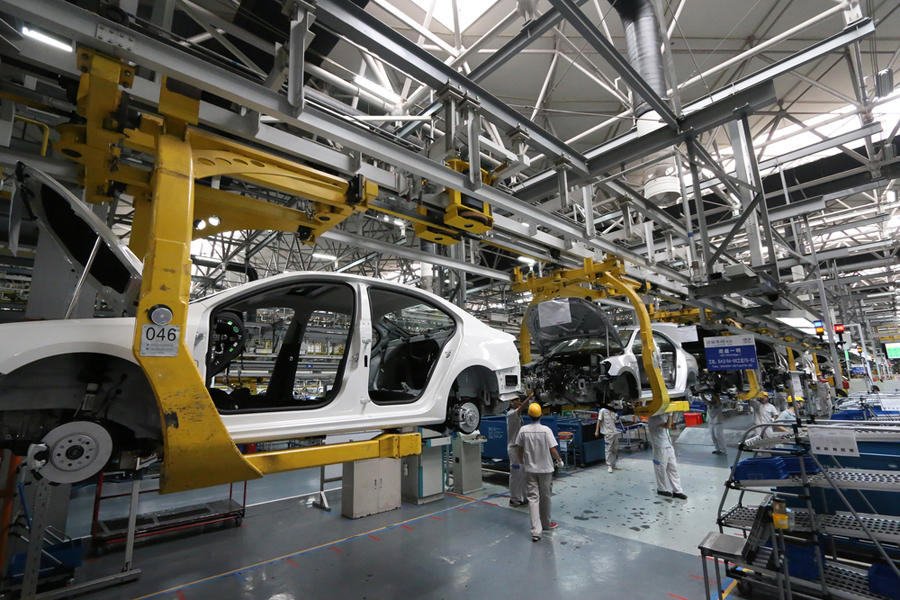
Healthy demand and improving power supplies will create strong tailwinds for aluminum output in China, while tightening supplies and lifting prices of raw materials bauxite and alumina will constrain producer profits.
High output will weigh on global prices of aluminum used in the transport, construction and packaging industries, further undermining revenues for companies in top producer China.

China’s aluminum producers have made rising profits due to elevated prices of the metal on the London Metal Exchange (LME) hitting near-two-year highs of $2,799 a metric ton in May.
Prices have eased since May, but rebounded on Sept. 27 to a 16-week high at $2,695, boosted by a weaker dollar and a series of supportive policies and stimulus from China.
State-backed research house Antaike estimates the aluminum industry’s average profit hit 2,818 yuan ($401.68) per ton in the first half of this year, more than doubling from the 1,211 yuan per ton a year earlier.
Citing rising prices and sales, companies including major producer Yunnan Aluminium reported sharp increases in first-half profit.

However, since June as aluminum prices started to slide, these profits shrank to near 2,000 yuan per ton in August, still was described by smelters as reasonable.
“Higher alumina price is likely to limit our profits, keeping it at a level around 2,000 yuan that most smelters happy to maintain production,” said a source at a major aluminum smelter source who preferred to remain anonymous.
The most-traded alumina futures on the Shanghai Futures Exchange closed at 4,200 yuan a ton on Sept. 27, up 25% so far this year and 51% higher from when the contract was launched last June.
Producer profits have been aided by robust demand in China, where Antaike estimates primary aluminum consumption rose 8.2% in the first half of the year to 22.1 million tons.
Analysts at Macquarie forecast a shortfall of 2.1 million tons in the Chinese aluminum market this year, likely to be bridged by imports.
China accounts for around 43 million tons, or 60%, of global aluminum production estimated at around 73 million tons this year. That number is close to the capacity ceiling of 45 million tons set by the Chinese government in 2019.
That upper limit has supported the industry’s profits, said Liu Jie, a consultant at Wood Mackenzie, who expects this trend to continue until China’s domestic aluminum scrap supply increases substantially.
However, production will rise, particularly in Yunnan province where supplies of power key for aluminum smelting are set to improve further after recording an increase of 18.5% in electricity generated between January and July this year.
Shanghai Metals Market has raised its forecast for Yunnan’s aluminum output in the fourth quarter to 10.90 million tons, from 10.78 million tons previously, citing lower chances of power-related production cuts during the dry season.
Higher production overall will push up prices of alumina, a raw material accounts for about one third of the costs for making aluminum. Alumina is produced by refining bauxite.
“We will not see a sudden fall in alumina demand in the fourth Q4 like last year,” said Wood Mackenzie aluminum analyst Chen Xinlin, adding that high prices of imported bauxite would be a key hurdle for some smelters looking to produce more.
($1 = 7.0156 yuan)
(By Siyi Liu, Mai Nguyen and Pratima Desai; Editing by David Evans)
Comments